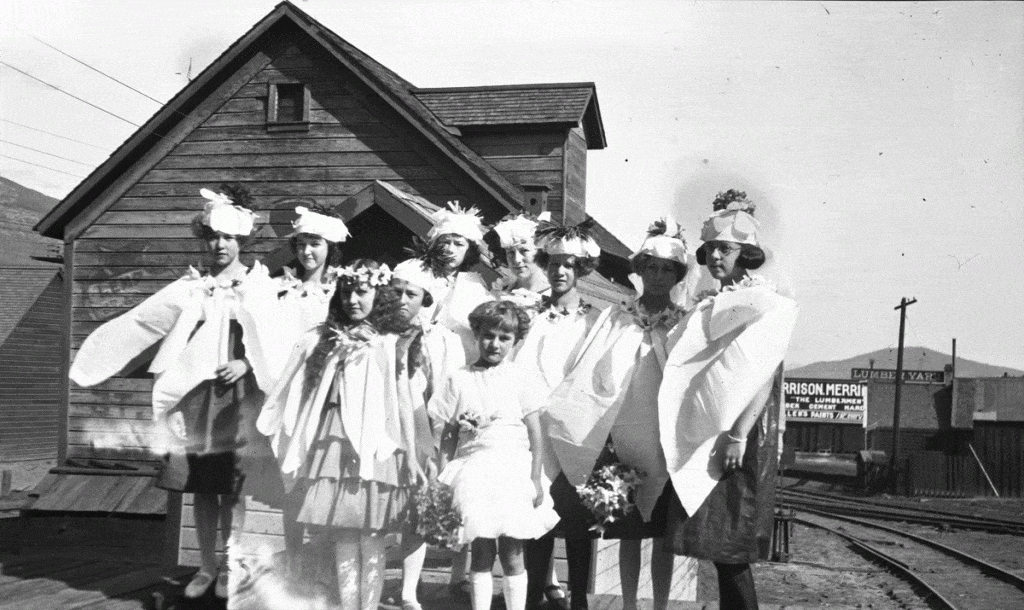It’s officially May and spring is in the air. It’s the time of year when various cultures, particularly those of Western Europe, celebrated the arrival of the warmer season by crowning the Queen of May and hosting a variety of “May Day” festivities.
Common traditions found in British, Irish, Scandinavian and other Western cultures include a dance around a May Pole, or May tree. Ribbons are held by participants and woven together during the dance, ultimately wrapping around the pole or tree in a colorful mantle. A Morris dance, or a kind of stylized sword dance, is also often performed, particularly in England. Parades led by the May Queen, usually a girl or young woman dressed in white and crowned with flower garlands, wind through communities drawing townspeople into the festivities. And neighbors leave baskets of flowers and goodies on doors steps, usually anonymously.
These traditions made their way to the United States with the many waves of European immigrants. In the early and mid twentieth century, even the president and his family would participate. The Park Record published a photo in 1924 of First Lady Grace Coolidge holding a May Day basket gifted to her by several unnamed young girls.
Park City celebrated May Day for decades. In 1893, the paper noted that public schools were closed for “the usual May Day holiday, and the pupils given an opportunity to roam the hills and spend the time as they and their parents may deem best.”
Throughout the years, festivities would be sponsored by various organizations and often functioned as fundraisers. In 1907, a “grand ball” was held at Maple Hall in conjunction with “the festivities of the carnival week” to celebrate spring. The Park City Girls Friendly Society hosted a May Day dance at Rasband’s Hall to raise money for summer camp. In 1925, the festivities were organized by the Park City Fire Department.
In the late 1920s, the Women’s Athenaeum began hosting Park City’s May Day celebrations. In 1928, the program theme was focused on the history of dance, and attendees were led in many dances, including one around a May Pole. The Athenaeum promised even better festivities the following year, and attendance grew.
Some of Park City’s May Queens mentioned in the Record over the years included ten-year-old Beth Powell in 1928, sixteen-year-old Phyllis Hoover in 1929, and sixteen-year-old Delsa Eskelson in 1930.

Credit: Park City Historical Society and Museum, Thomas F. Hansen Collection
By the late-1930s, attendance at Park City’s May Day parades and dances had shrunk (as had the town’s overall population). Official festivities became less common, eventually disappearing from the town’s social calendar altogether. Though celebrations are still common in some small villages and towns in England, Finland, and Canada, they have more or less faded from the public mind in the United States.